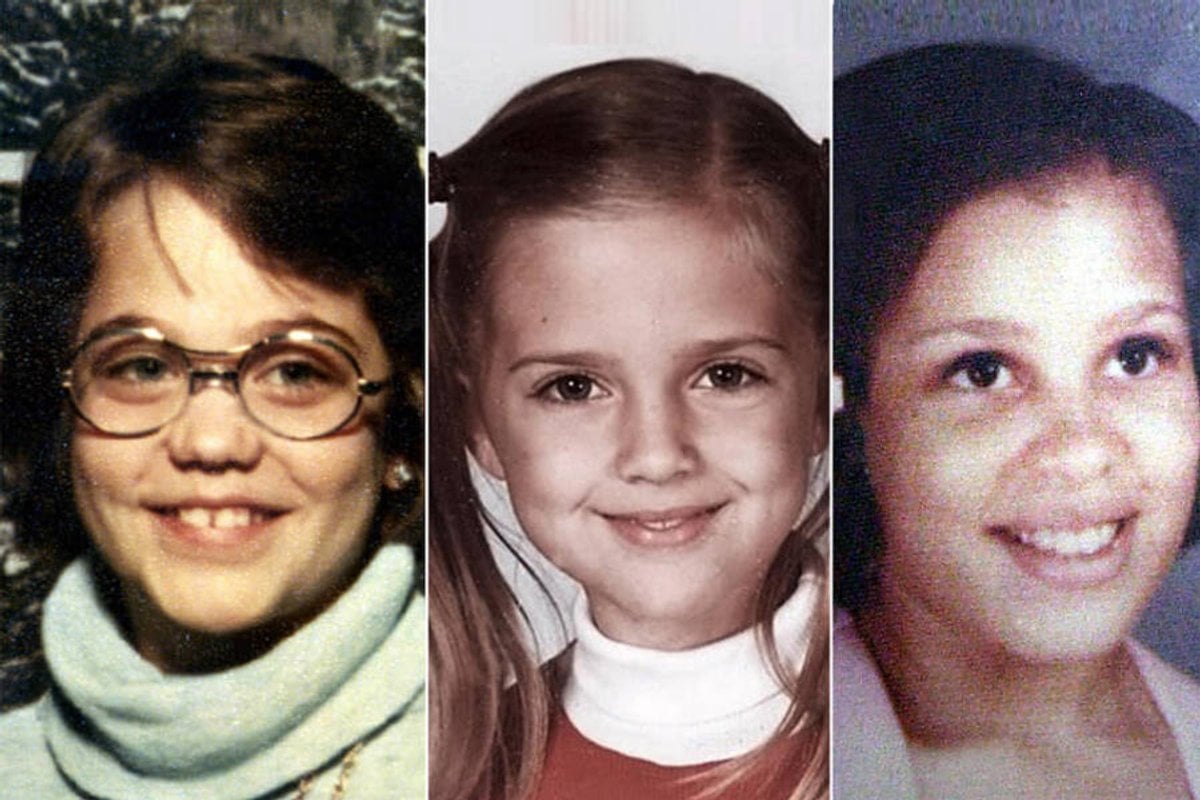
Lori Lee Farmer, Michele Heather Guse and Doris Denise Milner didn’t know each other when they were put into the same tent on the first day of Girl Scout camp in Oklahoma in the summer of 1977. But their names will be forever linked, victims of one of the most horrific killings in Oklahoma’s history.
At eight, Lori was the youngest girl at Camp Scott in Locust Grove, but she was unusually mature, the oldest of five girls in her family. Shy Michele was nine years old, and had asked her mum to look after her plants while she was away. Denise - as she preferred to be called - was a 10-year-old straight-A student, who was planning to attend camp with her friends. When they pulled out at the last minute, Denise wanted to pull out too, but her mum persuaded her to go on her own.
On the first day of camp, it poured with rain, and the girls were sent to their tents to write letters home. Lori talked about how much fun she was having.
"I've met two new friends, Michele Guse and Denise Milner," she wrote to her parents.
Denise was less enthusiastic.
"I don’t like camp," she wrote to her mum. "It’s awful. I don’t want to stay in camp for two weeks. I want to come home."
The three girls were in Tent 8, the furthest away from the counsellors' tent. Being the first night at camp, there was a lot of excitement, and counsellors Carla Wilhite and Dee Elder had to get up a couple of times during the night to ask giggling girls to quieten down and go to sleep. But it wasn't just the sound of giggling that the counsellors heard. They heard a low, guttural sound, something in between a growl or a moan, coming from the woods. Carla – who was 18 years old and on her first night as a counsellor – thought it must be an animal. As she walked towards the sound, it stopped. When she walked away, it started again. She was too frightened to investigate further.
